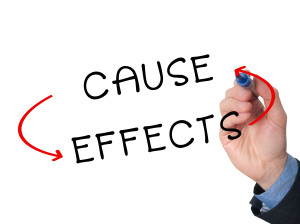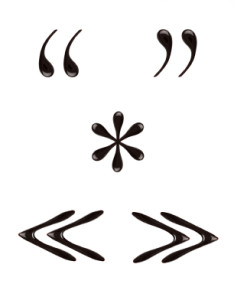Winning Traits of Innovative Blog Posts
Ray Anthony and Barbara Boyd wrote Innovative Presentations for Dummies to help speakers get their audiences committed and acting upon their  requests. “Competition, technology, and the ever-tightening economy have made out-presenting your competitors more important than ever,” the authors caution professional speakers.
requests. “Competition, technology, and the ever-tightening economy have made out-presenting your competitors more important than ever,” the authors caution professional speakers.
That particular warning is one all of us blog content writers must heed, and all the practical tips offered by Anthony and Boyd for specific types of presentations are perfect reminders for us as well:
- Motivational: Your presentation will contain personal anecdotes and memorable stories that your audience can relate to – how you faced a difficult situation and overcame it, and what you learned.
- Progress update: Give more than a simple state-of-affairs presentation. If you’re reporting on something negative, explain the reasons and provide a solution. If it’s good news, explain why.
- Solutions: When you sell a product or service, what you really sell is a solution to a problem your audience is facing.
- Technical: Convey enthusiasm about the process or product, showing how the latest technology can help solve their problems.
Remember the Five Cs, the authors say.
- Clear: Use words the audience understands, and make points in logical order.
- Concise: Say what you have to say in as few words as possible.
- Compelling: Use words, visuals, and powerful information to demand total interest.
- Captivating: Tell impacting stories and keep the presentation moving forward.
- Convincing: The ultimate test is: have you swayed your audience to your point of view or persuaded them to buy what you’re selling?
Not only are these elements winning traits of innovative presentations, they are winning traits of innovative blog posts!

 Winning search has long been our main motivation for blog content writing, but, as
Winning search has long been our main motivation for blog content writing, but, as  say, he presents a compelling lineup.
say, he presents a compelling lineup. In statistics, variables are considered related if, when the value of one increases or decreases, so does the value of the other (even if it’s in the opposite direction). But does that mean one caused the other? Not necessarily. Only after investigating whether one action causes the other, explains the
In statistics, variables are considered related if, when the value of one increases or decreases, so does the value of the other (even if it’s in the opposite direction). But does that mean one caused the other? Not necessarily. Only after investigating whether one action causes the other, explains the quotation marks, and, as you can see, they’ve been quite useful devices even this short distance into today’s Say It For You blog post. (
quotation marks, and, as you can see, they’ve been quite useful devices even this short distance into today’s Say It For You blog post. (
Follow us online!